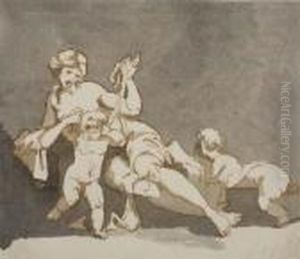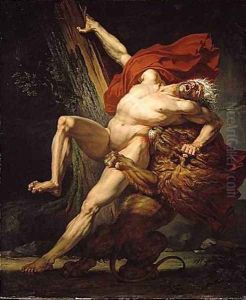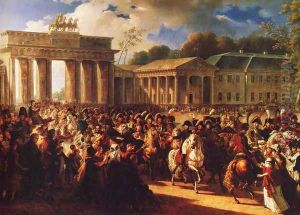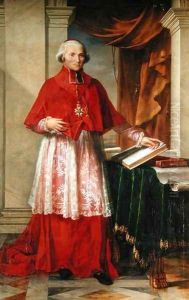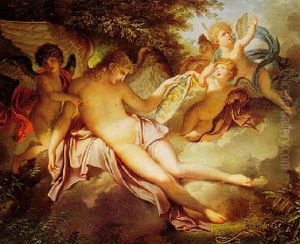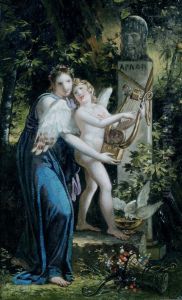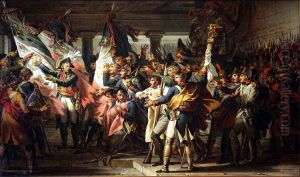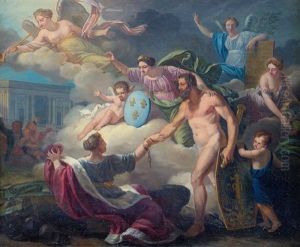Charles Meynier Paintings
Charles Meynier was a French painter born on May 28, 1763, in Paris. He is known for his neoclassical style, which was heavily influenced by the works of his contemporaries and predecessors such as Jacques-Louis David. Meynier studied art under prominent artists like François-André Vincent and Jean-Baptiste Regnault. His early career was marked by his participation in the prestigious Prix de Rome, which he won in 1789, allowing him to study at the French Academy in Rome.
During his time in Rome, Meynier was exposed to the rich tapestry of classical art and architecture, which further shaped his artistic vision. After his return to France, he worked on a number of commissions for the government, including the decoration of various public buildings and the creation of historical and allegorical paintings.
Meynier's works are characterized by their clarity of form, harmonious composition, and the portrayal of idealized figures, typical of the neoclassical movement. His color palette was often subdued, favoring the use of soft, muted tones to reinforce the calm and rational qualities of his subjects. He became a member of the Academy of Fine Arts and was awarded the Legion of Honor in 1829.
Throughout his career, Meynier remained committed to the neoclassical ideals of beauty and purity, even as the art world began to shift towards the Romantic movement. He continued to teach and influence a new generation of artists until his death on September 24, 1832, in Paris. Today, Charles Meynier's works can be found in various museums and collections, representing an important chapter in the history of French neoclassical painting.
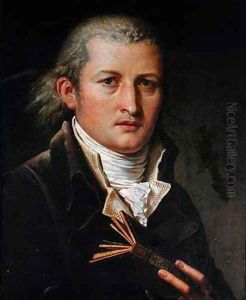

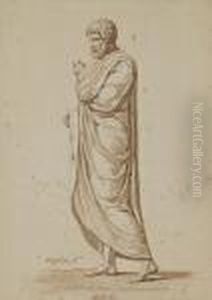

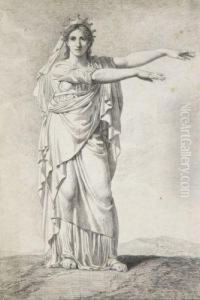







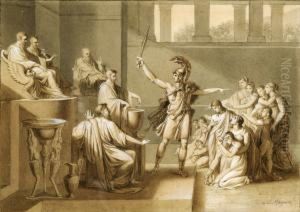

![Calliope, Muse De La Poesie [charles Meynier ; Calliope ; Oil On Canvas]](https://www.niceartgallery.com/imgs/1481882/s/charles-meynier-calliope-muse-de-la-poesie-charles-meynier-calliope-oil-on-canvas-d33b2d8.jpg)

